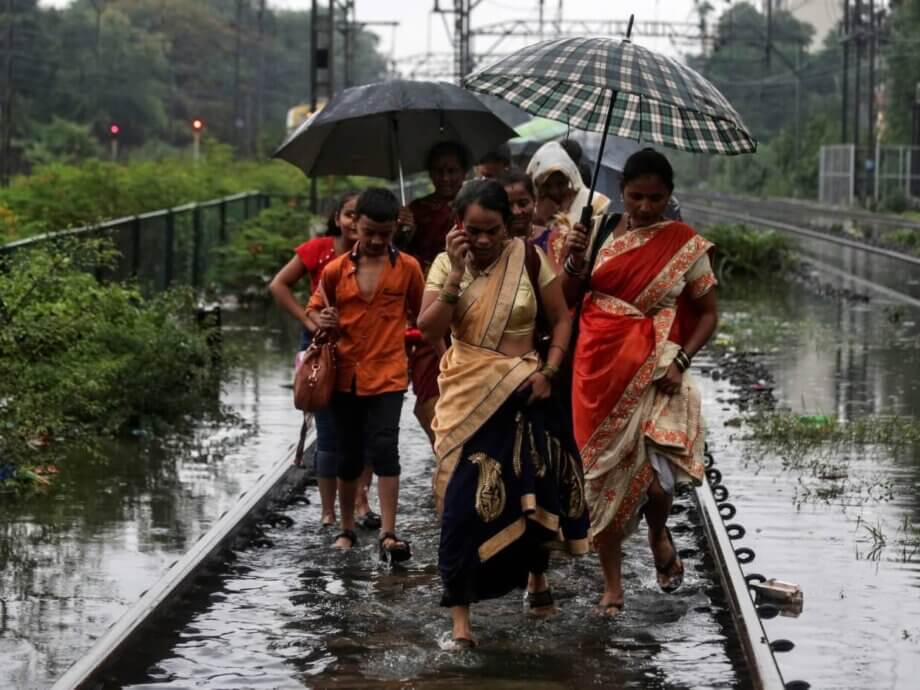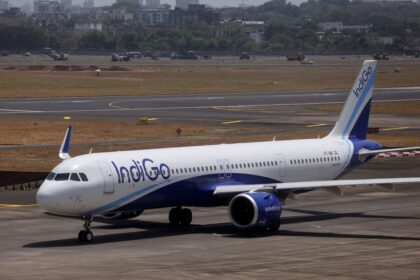Monsoon Flooding: A Recurring Urban Nightmare
Every year, as the monsoon clouds gather over India, cities brace for chaos. In 2024, Mumbai, Delhi, Bengaluru, and several other urban centers have once again been brought to a standstill by torrential rains. Streets transform into rivers, vehicles stall mid-commute, and entire neighborhoods are submerged within hours. Even newly built infrastructure, such as Mumbai’s underground metro stations, have failed to withstand the deluge, with viral images showing muddy water flooding platforms just days after inauguration. The question on many lips: why do India’s cities flood so predictably every monsoon?
What Drives Urban Flooding in India?
Unplanned Urbanization and Vanishing Waterways
Experts point to rapid, often unplanned urban expansion as a primary culprit. As cities sprawl, natural drainage channels, wetlands, and lakes that once absorbed excess rainwater are paved over or encroached upon. In Bengaluru, for example, a city once famous for its interconnected lakes, many water bodies have been replaced by apartment complexes and business hubs. “When you convert lakes—which traditionally act as flood buffers—into built-up areas, the water has nowhere to go,” explains Ram Prasad, a lake conservation activist. This pattern is repeated across India, from Chennai’s lost tanks to Hyderabad’s shrinking lakes.
Outdated and Overwhelmed Infrastructure
Many Indian cities rely on drainage systems designed decades ago, never intended to handle today’s population density or the volume of rainfall now seen. Dikshu Kukreja, an architect and urban planner, notes, “The pace of urban expansion has far exceeded the evolution of supporting infrastructure, particularly in water and drainage systems.” The result: drains overflow, roads collapse, and traffic grinds to a halt at the first sign of heavy rain.
Environmental Neglect and Policy Failures
Environmental mismanagement compounds the crisis. Mangroves in Mumbai, which act as natural flood barriers, have been cut down for development. In Delhi, construction on floodplains—areas meant to absorb river overflow—has increased the risk of urban flooding. Policy responses are often reactive, focusing on quick fixes like de-watering pumps rather than long-term resilience and planning.
Climate Change: Intensifying the Deluge
India receives about 80% of its annual rainfall during the monsoon, typically from June to September. While the monsoon is vital for agriculture and millions of livelihoods, climate change is making rainfall patterns more erratic. Unseasonal downpours, flash floods, and droughts linked to extreme heat are becoming more common. This year, the monsoon arrived a week early in parts of southern India, catching authorities off guard. Mahesh Palawat, vice-president of meteorology at Skymet, attributes this to unusual depressions over the Arabian Sea, which pulled the monsoon current northward ahead of schedule.
In the northeast, record-breaking rainfall has triggered devastating floods and landslides, with cities like Guwahati and Silchar experiencing their highest rainfall in over a century. Scientists warn that rising sea surface temperatures and shifting atmospheric patterns are likely to make such extreme events more frequent.
Case Studies: Mumbai, Delhi, Bengaluru, and Beyond
Mumbai: Coastal Challenges and Human Impact
Mumbai’s geography—low-lying and surrounded by the sea—makes it naturally vulnerable to flooding. But human actions have made things worse. The narrowing of rivers like the Mithi, unchecked land reclamation, and the destruction of mangroves have all reduced the city’s ability to drain water. When heavy rains coincide with high tides, the city’s drainage system is quickly overwhelmed.
Delhi: Floodplains and Urban Chaos
Delhi’s Minto Bridge has become a symbol of the city’s annual monsoon woes, with vehicles routinely stranded under water. Construction on the Yamuna River’s floodplains, including major infrastructure projects, has reduced the land’s capacity to absorb excess rain. This year, Delhi recorded its wettest May since 1901, with widespread property damage and several fatalities.
Bengaluru: From Lakes to Concrete
Bengaluru, once designed around three major valleys and a network of lakes, now faces flooding due to encroachment and illegal construction. The city, which sits atop a hill and was never meant to flood, now sees waterlogging as a result of poor urban planning and violations of building norms.
Smaller Cities and the Northeast: New Frontlines
Flooding is not limited to India’s megacities. In Assam and other northeastern states, extreme rainfall and sudden releases of water from dams have displaced hundreds of thousands, destroyed crops, and caused dozens of deaths. Inadequate drainage, poor coordination between dam operators and local authorities, and the encroachment of floodplains have all contributed to the crisis.
Why Quick Fixes Aren’t Enough
Authorities often respond to flooding with short-term measures: installing pumps, clearing drains, or suspending officials after infrastructure failures. While these actions may provide temporary relief, they do not address the underlying issues. As Alan Abraham, an urban planner, warns, “If drainage issues remain unresolved, flooding will be a natural consequence.”
Experts argue that technology—such as real-time sensors, predictive models, and mapping of high-risk zones—can help, but only if paired with responsive governance and community involvement. Long-term solutions require forward-thinking urban planning, strict enforcement of building norms, and the restoration of natural water bodies and drainage channels.
In Summary
- Monsoon flooding in Indian cities is driven by rapid, unplanned urbanization, outdated infrastructure, and environmental neglect.
- Climate change is making rainfall patterns more erratic, increasing the frequency and severity of urban floods.
- Case studies from Mumbai, Delhi, Bengaluru, and the Northeast highlight the diverse but interconnected causes of flooding.
- Quick fixes like pumps and drain cleaning offer only temporary relief; long-term resilience requires better planning, enforcement, and restoration of natural drainage systems.
- Experts call for integrated strategies combining technology, governance, and community action to make cities truly monsoon-ready.












